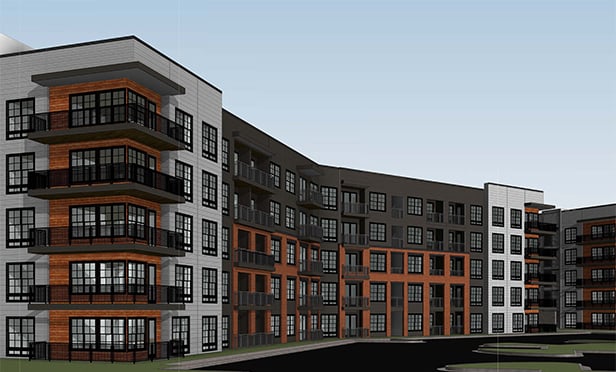NEW YORK CITY—CMBS has reached a post-2007 milestone: upgrades in 2014 exceeded downgrades. And the trend is expected to continue for the balance of this year, Standard & Poor's says in a new report.
The high volume of relatively riskier loan maturities scheduled for the remainder of 2015, with $37.7 billion of fixed-rate loan collateral coming due between May and December, remains a concern, according to S&P'S “North American CMBS Ratings Transitions: Performance Back In Positive Territory” report. Nonetheless, the ratings agency anticipates that “continued strong liquidity in the underlying commercial real estate lending market and stable-to-improving CMBS collateral performance” could help the positive ratings performance seen last year to persist this year.
The year prior saw the upgrade-to-downgrade ratio reach 1.28, up from 0.79 in 2013. To put figures behind the ratio, S&P in '14 lowered 244 CMBS ratings and raised 312, while 3,686 remained stable. In '13, the agency lowered 399 ratings and raised 317. Furthermore, the upgrades averaged 3.9 notches, while the downgrades were less steep at 3.4 notches on average.
S&P says the more positive ratings trend “likely reflects the quality of the loan collateral that matured in the past year, as well as the improving North American commercial real estate environment. The 10-year maturities scheduled for this year reflect the 2005 vintage, of course; that year is often considered “a turning point in the quality of CMBS loan underwriting,” according to S&P's report.
Accordingly, 2004 reflects the last year before riskier underwriting practices—such as higher leverage, more speculative pro forma cash flow underwriting, and more interest-only lending—began to affect CMBS transactions' collateral pools. Last year, '04-vintage 10-year term loans matured in “a commercial real estate financing environment that was still flush with liquidity, leading to better payoff performance and, in turn, higher transaction credit enhancement levels, which supported more rating upgrades.”
Among all outstanding CMBS transaction vintages, the '04 vintage had the most upgrades in '14, accounting for 22.1% of S&P's total. “Conversely, 2006 and 2007 vintage transactions accounted for nearly 60% of the year's downgrades, likely reflecting the more lax underwriting standards that characterized many of the loans backing these transactions.” S&P says.
Not only the more conservative underwriting environment of '04 accounted for the increase in CMBS upgrades last year. S&P says improved commercial real estate fundamentals likely played a part.
“With occupancy rates and cash flows generally steady-to-increasing, there was less downward pressure on CMBS ratings in '14,” says S&P. “Anticipated stable-to-improving CMBS collateral performance, as well as continued strong liquidity in the commercial real estate lending market, could maintain this positive trend in rating transitions” for the balance of this year even with the riskier maturities that lie ahead.
As some of the underlying loans repay, says S&P, “transaction credit enhancement levels should rise, which could lead to upward ratings migration. Furthermore, the ongoing possibility of rising interest rates should incentivize borrowers to pursue defeasance of loans that have yet to reach their open prepayment periods--a net positive for the ratio.” Although an increase in the number of downgrades due to loan defaults could represent “a potential counterbalancing effect,” S&P says it expects the positives to more than offset this effect.
© Touchpoint Markets, All Rights Reserved. Request academic re-use from www.copyright.com. All other uses, submit a request to [email protected]. For more inforrmation visit Asset & Logo Licensing.







